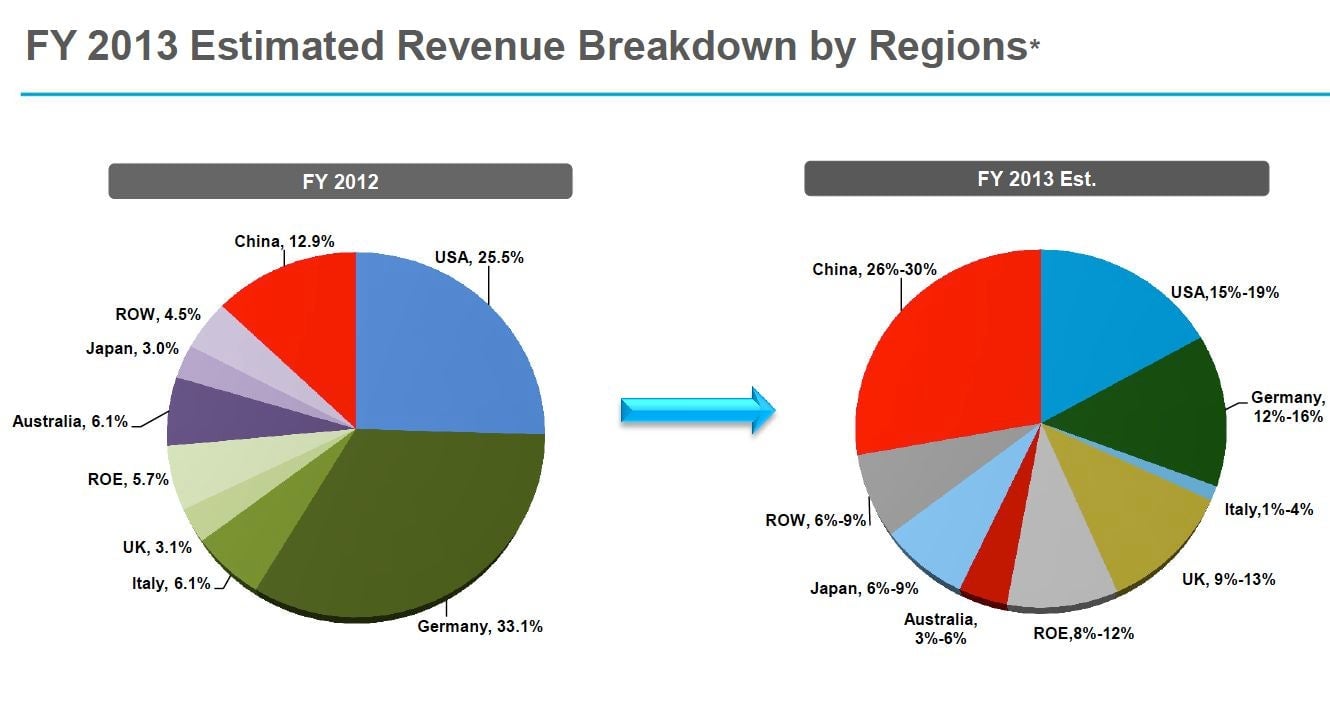Why China is building a massive solar power plant in the middle of nowhere
Back in 2009 when China announced it would build the world’s largest photovoltaic power plant in the Mongolian desert, it choose a US company, First Solar, to construct the 2,000-megawatt (MW) project. Yesterday, China unveiled plans for another huge solar power plant, a 1,000 MW project in the remote Xinjiang Region. This time, though, a homegrown company, Trina Solar, won the contract.


Back in 2009 when China announced it would build the world’s largest photovoltaic power plant in the Mongolian desert, it choose a US company, First Solar, to construct the 2,000-megawatt (MW) project. Yesterday, China unveiled plans for another huge solar power plant, a 1,000 MW project in the remote Xinjiang Region. This time, though, a homegrown company, Trina Solar, won the contract.
That marks a significant shift in the global solar market, one that will accelerate in 2014. Over the past two years, China has emerged as one of the biggest markets for photovoltaic panels in addition to being the world’s solar manufacturing hub. In an effort to wean itself from coal-fired power polluting its cities, the government this year announced ambitious renewable energy targets, including the construction of 10,000 MW of solar projects.
The new policy came as China’s photovoltaic panel makers faced falling revenues and multibillion-dollar deficits after embarking on a manufacturing boom that allowed them to corner the global solar market but sent prices plummeting. Projects such as the power plant in Turpan Prefecture announced yesterday help soak up China’s excess manufacturing capacity while creating jobs for local workers. As part of the deal with local government, Trina will build a factory in Turpan.
The 1,000-MW solar power station will be built over four years, with the first 300 MW stage due to come online at the end of 2014. That represents 12.5% of Trina’s annual manufacturing capacity. More importantly, China has become a growing profit center for Chinese solar companies. In 2012 China accounted for nearly 13% of Trina’s revenues; this year the company estimates the domestic market will provide as much as 30% of its earnings. The US market is expected to supply just 15% to 19% of revenues, down from 25.5% last year.

Of course, building massive solar power plants in a remote desert region with a population of just 570,000 will not alleviate air pollution in far-away Beijing. But the region is rich in sunshine and has become a focus of renewable energy production in China.